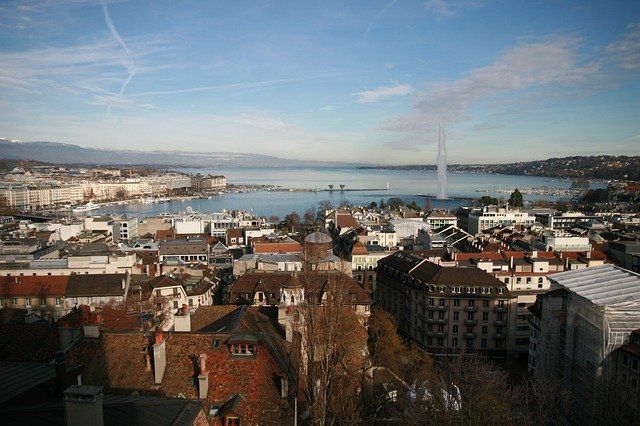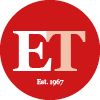
Area: 15,940 square miles. Switzerland is landlocked.
Neighbouring countries: France, Germany, Liechtenstein, Austria and Italy.
Environment: Switzerland is very mountainous. More than 70% is covered by the majestic Alps and their valleys. The Jura mountains are lower and popular with skiers. Between these two mountain systems there is a central plateau of hills, plains and large lakes. The climate is temperate, varying with altitude.
Population: 7.3 million (about 20% non-indigenous).
Capital: Bern (327,000).
Other cities: Zürich (984,000), Basel (631,000), Geneva (515,000) and Lausanne (289,000). Geneva is a major world political and ecclesiastical centre, with centres for the UN, International Red Cross, World Council of Churches and other international bodies.
Urbanisation: 68%.
Ethnic groups: Indigenous (78%) — German (4 million), French (1.2 million), Italian, Rheto-Roman, Gypsy. Foreign (22%) — West and East European, Turkish, Tamil, Asian, others.
Life expectancy: 79 years.
Official languages: German (nearly 600 dialects), French, Italian and Rheto-Roman.
Literacy: 99%.

Religions: The three state Churches are the Roman Catholic, Old Catholic (which rejected papal infallibility in 1870) and Federation of Swiss Protestant Churches (including Evangelical Reformed) — these account for 85% of the population. Others are — non-religious 6%; Muslims 3%; others, including many cults and new religions 6%.
Protestant denominations: Federation of Swiss Protestant Churches, various Pentecostal/Charismatic, various Brethren, Methodists, various Evangelical, St Chrischona Pilgrim Missionaries, Salvation Army, Mennonite and Baptist.
Government: The Swiss Confederation has 20 full and 6 half cantons, each with its own constitution. In each canton people vote about four times a year in referendums on various local and national laws (also, in regular elections). Switzerland is not part of the EU, but voted this year to join the UN.
Economy: Switzerland’s natural resources include extensive coniferous and deciduous forests and salt. 59% of its power is hydroelectric and 35% nuclear. It has a prosperous and stable market economy, with 66% employed in the service sector, including banking and tourism. Exports include electricity, machinery, chemicals, metals, precision instruments, watches and agricultural products.
History: The modern Swiss Federation dates from 1848. Switzerland has maintained a strict political neutrality over the last century.









